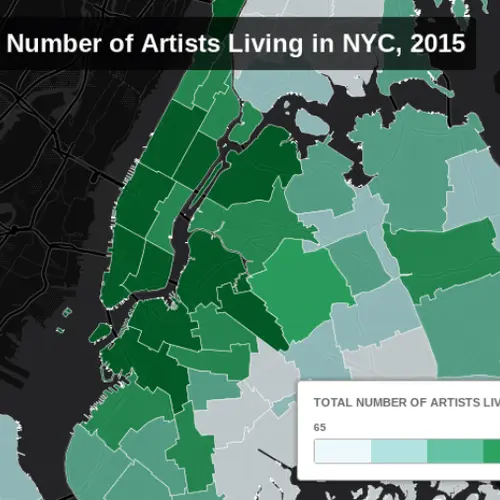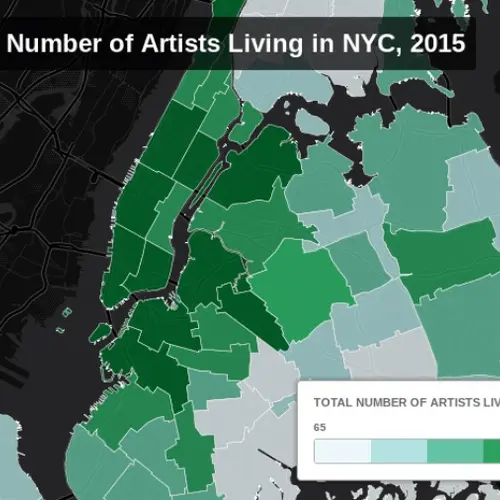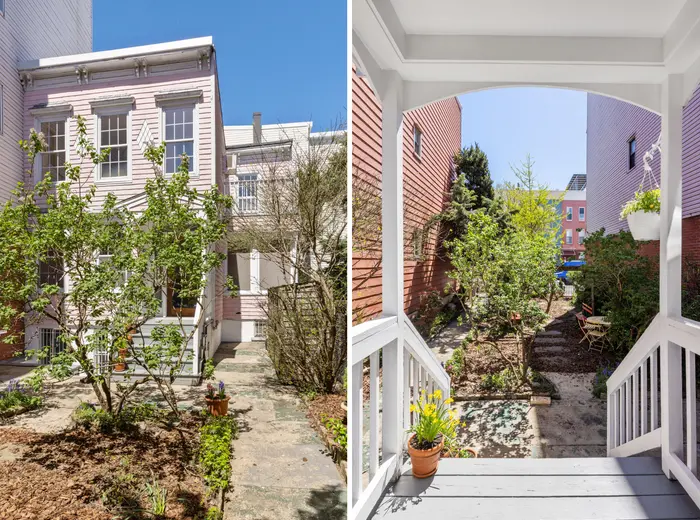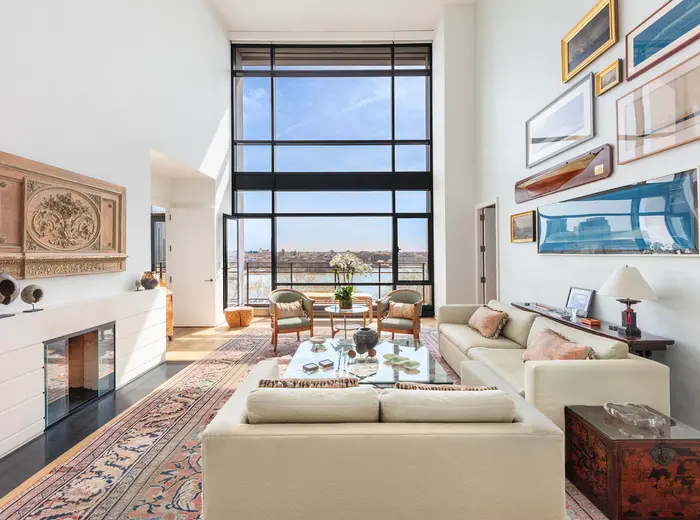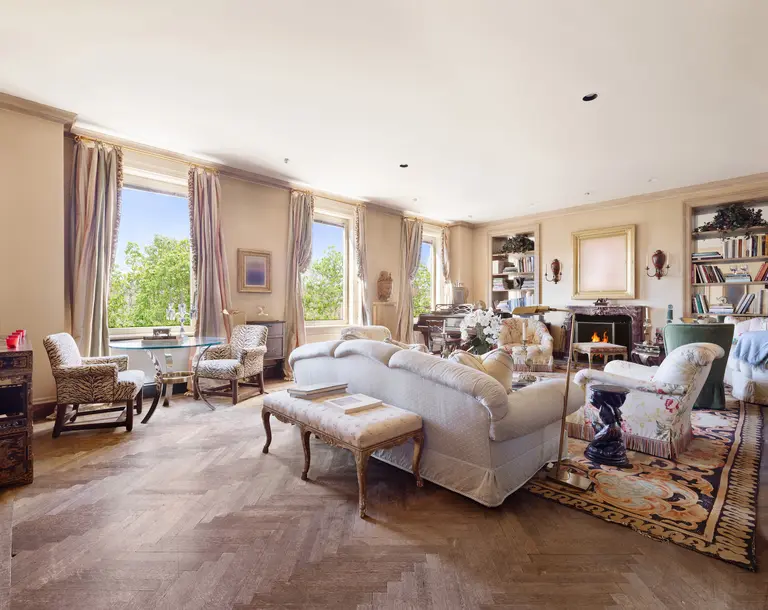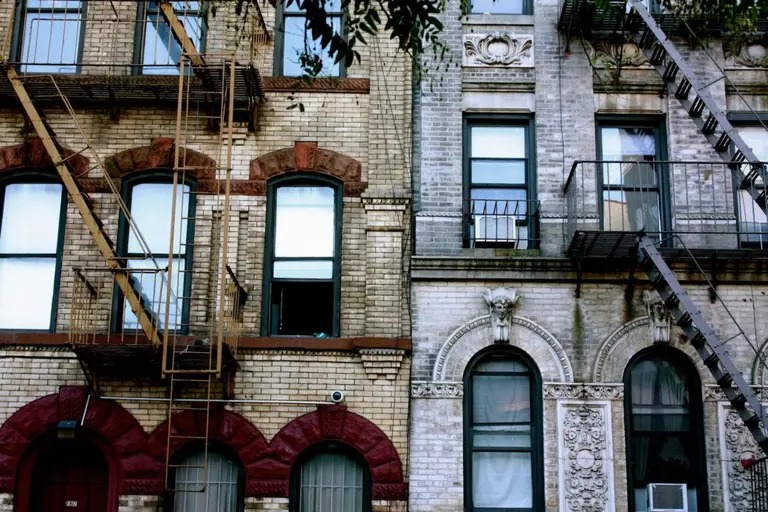The top 10 neighborhoods NYC artists are moving to
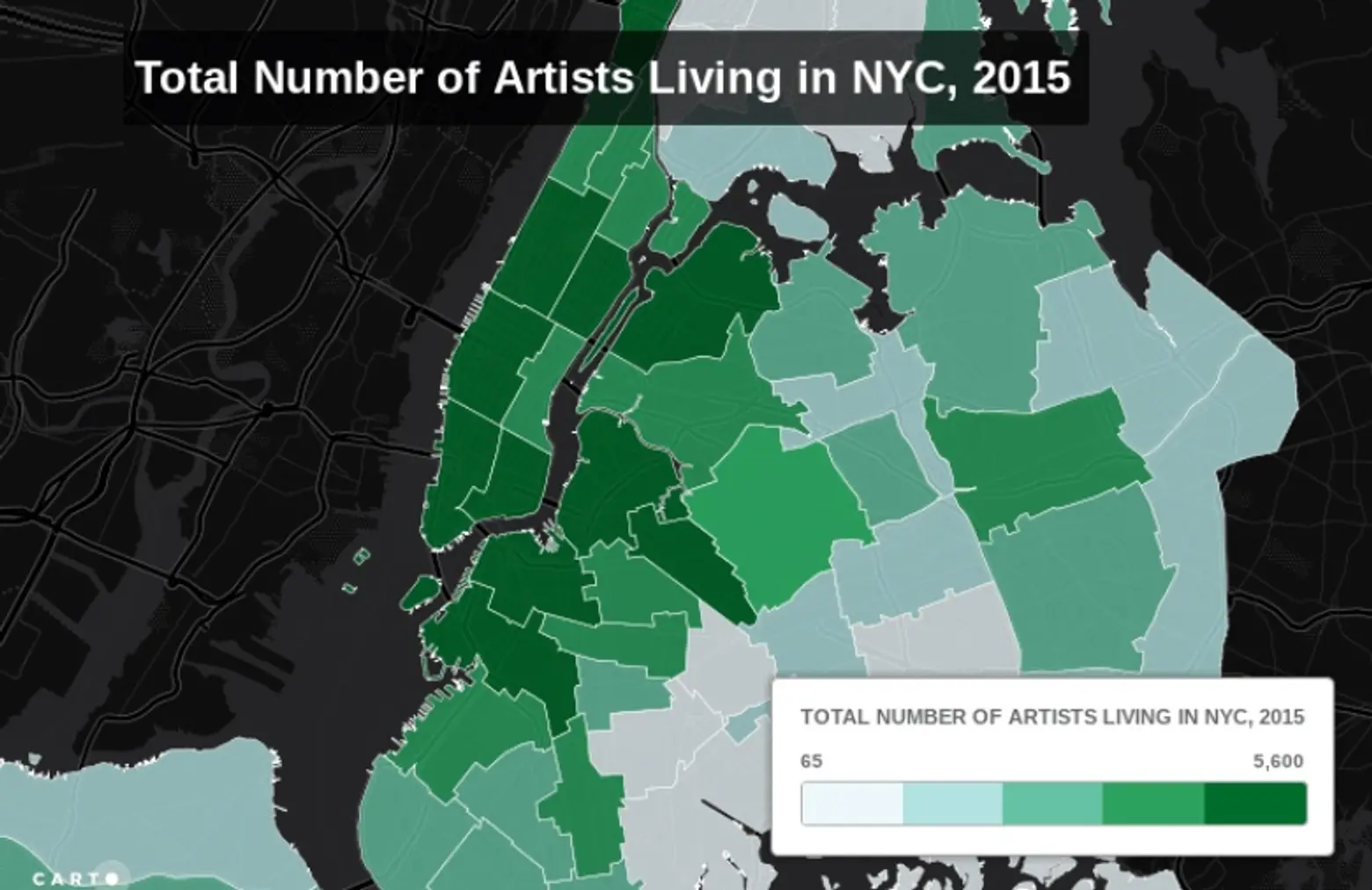
Image via Kid Monkey for the Bushwick Collective
According to a new analysis by the Center for an Urban Future (CUF), the number of artists in New York City has grown in almost every discipline, borough and neighborhood between 2000 and 2015. Citywide, the number of artists has increased by an all-time high of 17.4 percent, to 56,268 as of 2015. Since 2000, the Bronx saw the number of visual and performing artists nearly double, to 2,920 from 1,524, while Manhattan saw a decline of 10 percent, from 28,454 artists to 25,650. On the other hand, Brooklyn grew 72 percent to 17,605, Queens grew at 35 percent to 8,726 and Staten Island experienced an 8 percent growth to total 1,367 in 2015.
Ten Neighborhoods with the Most Artists, 2015
1. Upper West Side (5,584)
2. Greenwich Village / Financial District (3,989)
3. Chelsea / Clinton / Midtown (3,711)
4. Upper East Side (3,049)
5. Williamsburg / Greenpoint (2,908)
6. Park Slope / Carroll Gardens (2,602)
7. Brooklyn Heights / Fort Greene (2,445)
8. Lower East Side / Chinatown (2,413)
9. Washington Heights / Inwood (1,995)
10. Astoria / Long Island City (1,919)
Ten Neighborhoods with the Largest Increase in Artists, 2000 to 2015
1. Bushwick (+1,674 / 1116%)
2. Williamsburg / Greenpoint (+1,248 / 75%)
3. Brooklyn Heights / Fort Greene (+899 / 58%)
4. Bedford Stuyvesant (+773 / 268%)
5. North Crown Heights / Prospect Heights (+680 / 114%)
6. Central Harlem (+653 / 216%)
7. Astoria / Long Island City (+552 / 40%)
8. Sunset Park (+550 / 124%)
9. Throgs Neck / Co-op City (+472 / 286%)
10. Park Slope / Carroll Gardens (+433 / 20%)
In 2015, CUF released a report that found that in ten of the most creative communities, rent rose by at least 32 percent from 2000 and 2012 at a quicker rate than the rest of the city’s enclaves. Plus, there is less space for artists to work. In 2002, information, media and tech companies held just 9 percent of office space in New York. In 2012, the same industries held roughly 25 percent of office buildings.
To address the issue of shrinking art spaces available to artists, the nonprofit recommends forming a collaboration with city’s public schools. According to CUF, these schools include an abundance of underutilized arts spaces. They found that in the city’s 1,800 schools, there are 1,456 visual arts rooms, 1,439 music rooms, 1,412 theater spaces, 1,425 dance studios, and 1,415 film production and editing facilities. Since most of these stay unoccupied after school, this could be an affordable and spacious solution to the lack of space for artists.
One of the biggest potential problems with renting schools out as studio space is the price, as security, maintenance, insurance and utilities can all be expensive. According to CUF, to work around these costly problems, the de Blasio administration could partner with local foundations, borough presidents and a nonprofit called Spaceworks, which develops affordable studio space.
Read the full analysis from Center for an Urban Future here.
RELATED:
